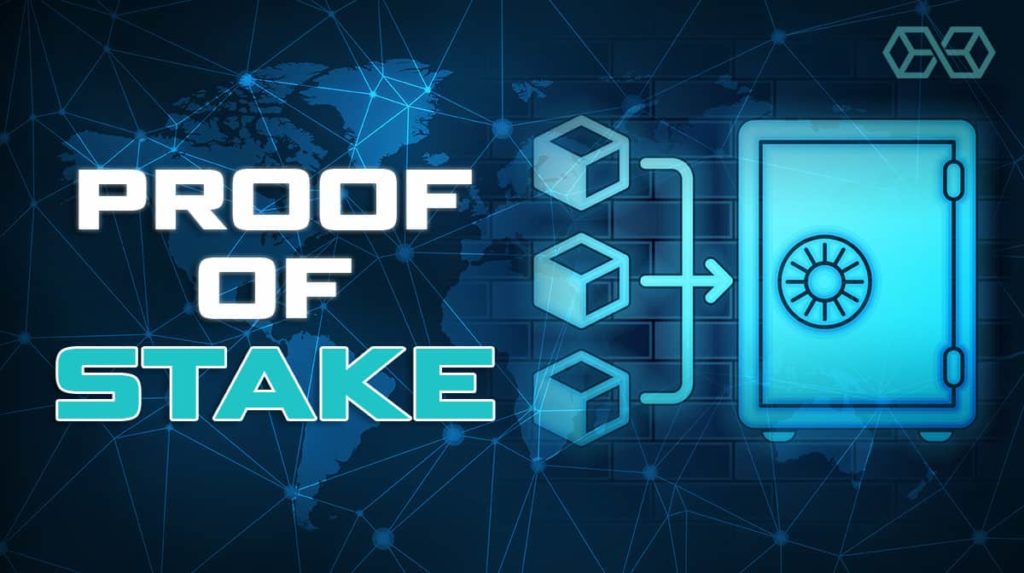
Proof-of-work and proof-of-stake are what are called "consensus mechanisms", which is the method by which a blockchain maintains its integrity. Consensus is what addresses the “double spend” problem of digital money.
If there was a way a cryptocurrency user could spend their coins more than once, it would blow up the whole system. The Bitcoin network was the first to solve this problem with proof-of-work. Proof-of-stake has emerged as a possible alternative that some researchers believe is more energy efficient and safer, although debate over this persists.
Why is a consent mechanism necessary?
It is not that difficult to prevent double spending in a centralized way, when there is a single entity managing a ledger of all transactions. PayPal (PYPL) does exactly that. But cryptocurrencies are different.
The goal is not to have a leader or entity in control of the system, which makes this project more complicated. Instead of just one leader, thousands of users run Bitcoin software all over the world. These "nodes" guarantee compliance with the rules of the network.
This vast infrastructure must be connected so that all software agrees. Otherwise these nodes will be disconnected islands. It turns out it's not easy to get these users around the world to agree with each other, so decentralized money has been out of reach for researchers for a long time.
Until the arrival of Bitcoin. Proof-of-work is the innovative algorithm that Bitcoin creator Satoshi Nakamoto invented, earning decentralized money without any leader having control over it for the first time.
Proof-of-work vs. proof-of-stake
Some argue that proof-of-work has problems. Some mining groups, in fact, have become more powerful than the creator of Bitcoin anticipated. Furthermore, Bitcoin currently uses at least the same energy as all of Switzerland.
Simply put, these proof-of-X schemes help verify which transactions are added to the blockchain via blocks, which are filled with the latest transactions. The node that wins a block wins a reward.
Proof-of-work and proof-of-stake each choose a “winner” in a different way. With proof-of-work, the likelihood of adding blocks to the blockchain depends on the computing power of the miners, which is powered by electricity.
In proof-of-stake, miners are more likely to win additional blocks if they have more money (ether, in the case of Ethereum - here the quotation in real time). In other words, proof-of-stake is based on "proof" of how much "stake" users have. Critics argue that proof-of-stake has not yet been proven to eradicate these problems. But supporters of this mechanism think it could be the way forward.
